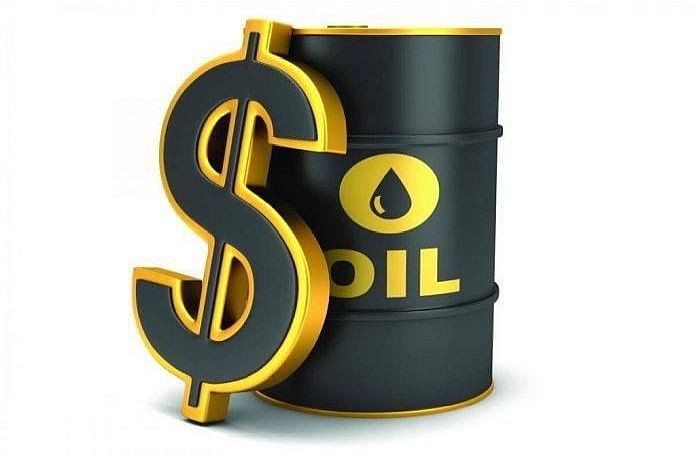By FocusEconomics
ASIA – The OPEC oil basket traded at USD 98.5 per barrel on average over the last month, up 4.3 percent from the prior month. Meanwhile, the price was 19.9 percent higher on a year-to-date basis and was 10.4 percent higher than on the same day last year.
Crude oil prices rose over the last month due to two factors. The first was OPEC+’s decision in early October to cut output by 2.0 million barrels per day (mbpd) from November onward. The second was the looming EU ban on Russian oil, which will take effect from 5 December. Both developments have dimmed supply prospects ahead.
Combined crude oil output among OPEC members rose to 29.8 million barrels per day (mbpd) in September from 29.6 mbpd in August. This mostly reflected higher output in Libya, Nigeria and Saudi Arabia. Estimates for October production will be released at the start of November. OPEC+ cut quotas for October by 0.1 mbpd relative to September, suggesting only a limited impact on output.
Looking ahead, despite the 2.0 mbpd quota cut, the actual hit to production in November is likelier to be around 0.8 mbpd as some members of the cartel have failed to reach their output targets in recent months. The quota cut will largely affect the production of Kuwait, the UAE, and especially, Saudi Arabia. The drop in Saudi output could be as much as 0.5 mbpd, while Kuwaiti and UAE output is expected to decline by around 0.1–0.2 mbpd.
FocusEconomics Consensus Forecast panelists expect oil production in Saudi Arabia to average 10.69 mbpd in 2022. In 2023, our panel of analysts sees crude output increasing to 11.08 mbpd.





